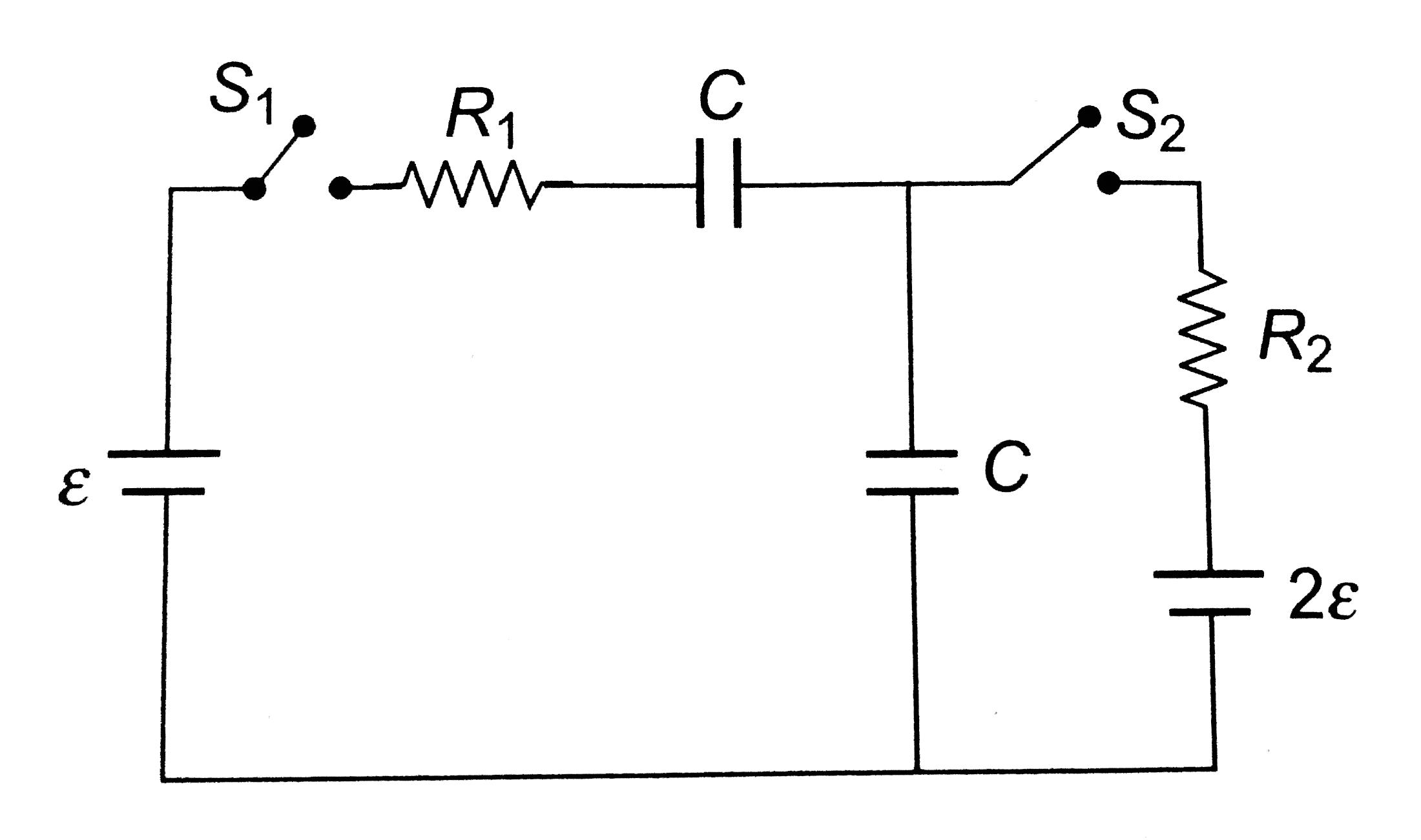Only three students, S1,S2andS3 appear at a compettive examination. The probability of S1 coming first is 3 times that of S2 and the probability of S2 coming first is three times that of S3. Find the probability of each coming first. Also find the probability that S1orS2 comes first.
To solve the problem, we need to find the probabilities of each student coming first based on the relationships given in the question. Let's denote the probabilities as follows:
- Let P(S1) be the probability of student S1 coming first.
- Let P(S2) be the probability of student S2 coming first.
- Let P(S3) be the probability of student S3 coming first.
Step 1: Set up the relationships based on the problem statement
According to the problem:
1. P(S1)=3⋅P(S2)
2. P(S2)=3⋅P(S3)
Step 2: Express all probabilities in terms of P(S3)
From the second relationship, we can express P(S2) in terms of P(S3):
P(S2)=3⋅P(S3)
Now substituting this into the first relationship:
P(S1)=3⋅P(S2)=3⋅(3⋅P(S3))=9⋅P(S3)
Step 3: Use the sum of probabilities
The sum of the probabilities must equal 1:
P(S1)+P(S2)+P(S3)=1
Substituting the expressions we found:
9⋅P(S3)+3⋅P(S3)+P(S3)=1
Combining the terms:
(9+3+1)⋅P(S3)=1
13⋅P(S3)=1
Step 4: Solve for P(S3)
Now we can solve for P(S3):
P(S3)=113
Step 5: Find P(S2) and P(S1)
Now we can find P(S2) and P(S1):
P(S2)=3⋅P(S3)=3⋅113=313
P(S1)=9⋅P(S3)=9⋅113=913
Summary of Probabilities
- P(S1)=913
- P(S2)=313
- P(S3)=113
Step 6: Find the probability that S1 or S2 comes first
To find the probability that either S1 or S2 comes first, we can add their probabilities:
P(S1 or S2)=P(S1)+P(S2)=913+313=1213
Final Answers
- The probability of S1 coming first: 913
- The probability of S2 coming first: 313
- The probability of S3 coming first: 113
- The probability that S1 or S2 comes first: 1213
- Let P(S2) be the probability of student S2 coming first.
- Let P(S3) be the probability of student S3 coming first.
1. P(S1)=3⋅P(S2)
2. P(S2)=3⋅P(S3)
P(S2)=3⋅P(S3)
P(S1)=3⋅P(S2)=3⋅(3⋅P(S3))=9⋅P(S3)
P(S1)+P(S2)+P(S3)=1
9⋅P(S3)+3⋅P(S3)+P(S3)=1
(9+3+1)⋅P(S3)=1
13⋅P(S3)=1
P(S3)=113
P(S2)=3⋅P(S3)=3⋅113=313
P(S1)=9⋅P(S3)=9⋅113=913
- P(S2)=313
- P(S3)=113
P(S1 or S2)=P(S1)+P(S2)=913+313=1213
- The probability of S2 coming first: 313
- The probability of S3 coming first: 113
- The probability that S1 or S2 comes first: 1213
Topper's Solved these Questions
- PROBABILITYBOOK - FIITJEECHAPTER - PROBABILITYEXERCISE - SOLVED PROBLEMS (SUBJECTIVE)
8 Videos
- PROBABILITYBOOK - FIITJEECHAPTER - PROBABILITYEXERCISE - SOLVED PROBLEMS (OBJECTIVE)
22 Videos
- PERMUTATIONS & COMBINATIONSBOOK - FIITJEECHAPTER - PERMUTATIONS & COMBINATIONSEXERCISE - NUMERICAL BASED
3 Videos
- PROGRESSION & SERIES BOOK - FIITJEECHAPTER - PROGRESSION & SERIES EXERCISE - NUMERICAL BASED
3 Videos
Similar Questions
Knowledge Check
What is the probability that four S's come consecutively in the word MISSISSIPPI?
A4165B4135C24165DnoneThe perimeter of a square S1 is 12 m more than the perimeter of the square S2. If the area of S1 equals three times the area of S2 minus 11,, then what is the perimeter of S1 ?
A24 mB32 mC36 mD40 mWhat is the probability that four S's come consecutively in the word MISSISSIPPI?
A4165B4135C24165Dnone of these
If Sr denotes the sum of the first r terms of an A.P., then show that S3r−Sr−1S2r−S2r−1 is equals
View SolutionSixteen players S1,S2,…..S16 play in a tournament. They are divided into eight pairs at random from each pair a winner is decided on the basis of a game played between the two players of the pair. Assume that all the players are of equal strength.
(i) Find the probability that the player S1 is among the eight winners.
(ii) Find the probability that exactly one of the two playersS1 and S2 is among the eight winners.
View SolutionThree coherent sourcesS1,S2 andS3 can throw light on a screen. With S1 switched on intensity at a point P on the screen was observed to be I. With onlyS2 on, intensity at P was 2I and when all three are switched on the intensity at P becomes zero. Intensity at P is I when S1 andS2 are kept on. Find the phase difference between the waves reaching at P from sources S1andS3.
View SolutionIn the circuit shown, S2 is closed first and is kept closed for a long time. Now S1 is closed. Just after that instant the current through S1is

View SolutionIf S1,S2 are the sample spaces of an experiment at the first two trials, then
View Solution
